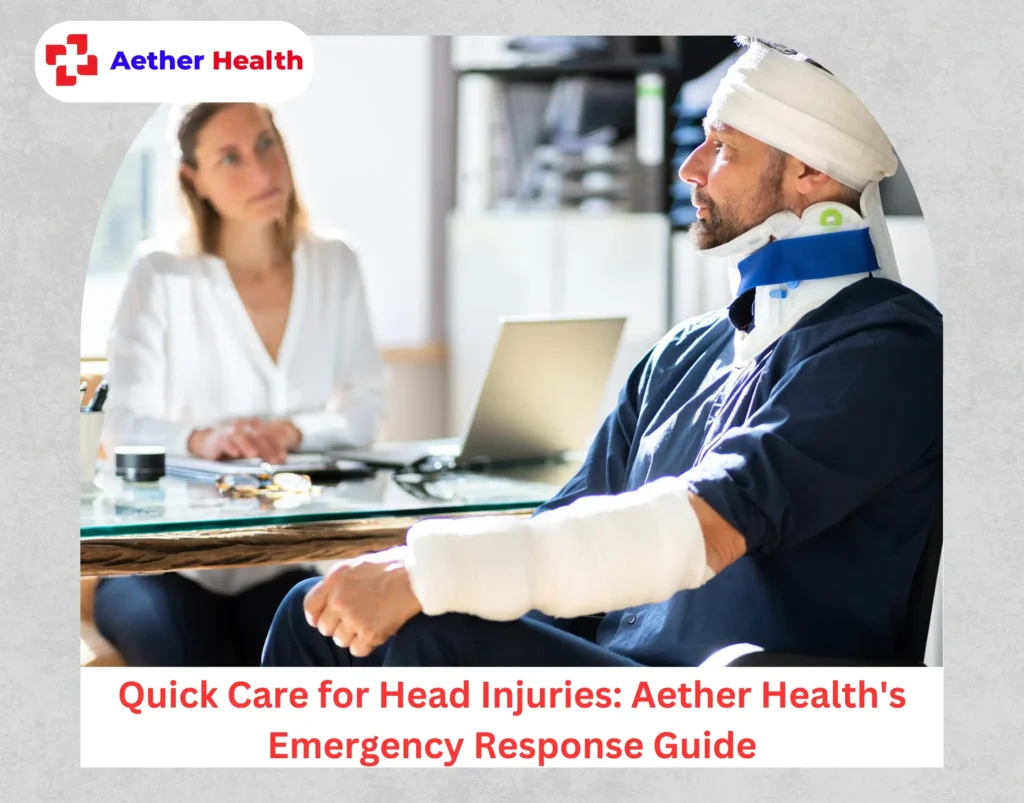Cardiac arrest and heart attacks are two conditions many seemingly interchange.
While the terms are often used in the same context, cardiac arrest and a heart attack actually refer to different medical events, each with its own causes, symptoms, and treatments.
Here are the fundamental differences between cardiac arrest and a heart attack so you can grasp their significance and potentially life-saving implications.
What is a Heart Attack?

A heart attack, medically known as a myocardial infarction, occurs when blood flow to a part of the heart muscle is blocked, usually by a clot. This blockage deprives the heart tissue of oxygen and nutrients, leading to damage or death of the affected tissue.
Essentially, a heart attack happens when the arteries supplying blood to the heart become narrowed or blocked, often due to a buildup of cholesterol, fat, and other substances known as plaque. When a plaque ruptures, a blood clot may form, obstructing the flow of blood to the heart muscle.
Common symptoms of a heart attack include chest pain or discomfort that may feel like pressure, squeezing, fullness, or pain that spreads to the arms, neck, jaw, back, or stomach.
Other symptoms may include shortness of breath, nausea, lightheadedness, or cold sweats. It’s important to note that not all heart attacks present with the same symptoms, and some individuals may experience a heart attack without any symptoms at all, particularly in cases of silent heart attacks.
If you or someone else experiences symptoms of a heart attack, it’s crucial to seek immediate medical attention, as prompt treatment can significantly improve outcomes and reduce the risk of complications.
What is Cardiac Arrest?

Cardiac arrest is a sudden, abrupt loss of heart function, often resulting in the heart’s inability to pump blood effectively throughout the body. Unlike a heart attack, which involves a blockage in the arteries, cardiac arrest occurs when the heart’s electrical system malfunctions, causing the heart to stop beating unexpectedly.
This disruption in the heart’s rhythm prevents it from delivering oxygen-rich blood to the brain, lungs, and other vital organs.
The most common cause of cardiac arrest is an irregular heart rhythm, known as ventricular fibrillation, which causes the heart to quiver instead of contracting normally. Other causes may include severe heart attacks, electrolyte imbalances, drug overdoses, drowning, or trauma.
When cardiac arrest happens, it’s a medical emergency that requires immediate intervention to restore the heart’s normal rhythm.
Without prompt treatment, cardiac arrest can quickly lead to unconsciousness, cessation of breathing, and, ultimately, death. Immediate cardiopulmonary resuscitation (CPR) and defibrillation with an automated external defibrillator (AED) are critical in increasing the chances of survival.
Key Differences Between Heart Attack and Cardiac Arrest
Is cardiac arrest the same as a heart attack? Distinguishing between a heart attack and cardiac arrest is essential for understanding their distinct characteristics and appropriate responses.
Cause
- Heart Attack: Caused by a blockage in the arteries, disrupting blood flow to the heart muscle.
- Cardiac Arrest: Typically triggered by an electrical malfunction in the heart, leading to an abrupt cessation of its pumping function.
Symptoms

- Heart Attack: Symptoms may include chest pain or discomfort, shortness of breath, nausea, lightheadedness, and cold sweats.
- Cardiac Arrest: Often occurs suddenly and without warning, resulting in loss of consciousness, cessation of breathing, and absence of pulse.
Long-term effects
- Heart Attack: Can lead to damaged heart muscle, heart failure, or other complications depending on the extent of the damage and timely intervention.
- Cardiac Arrest: Without immediate intervention, such as CPR and defibrillation, cardiac arrest can result in brain damage or death within minutes due to lack of oxygen to vital organs.
Connection Between Heart Attack and Cardiac Arrest
A heart attack can increase the risk of cardiac arrest due to the damage it inflicts on the heart muscle. When a heart attack occurs, the blockage in the coronary arteries disrupts blood flow to a portion of the heart, leading to tissue damage or death.
This damage weakens the heart’s ability to pump blood effectively and can disrupt its electrical system, making it more susceptible to developing irregular heart rhythms, such as ventricular fibrillation. In turn, these abnormal rhythms can precipitate cardiac arrest, causing the heart to suddenly stop beating.
It’s crucial to note, however, that not all heart attacks lead to cardiac arrest. While a heart attack can predispose an individual to cardiac arrest, many people who experience a heart attack do not go on to have a cardiac arrest.
Prompt medical intervention following a heart attack, including medications, lifestyle changes, and cardiac rehabilitation, can significantly reduce the risk of subsequent cardiac events, including cardiac arrest.
Importance of Early Action

The importance of early action cannot be overstated when it comes to both heart attacks and cardiac arrest.
In the case of a heart attack, seeking immediate medical attention is crucial to minimize damage to the heart muscle and improve outcomes. Prompt treatment, such as medications to dissolve blood clots or procedures to restore blood flow to the heart, can significantly reduce the risk of complications and increase the chances of survival.
Similarly, in the event of cardiac arrest, time is of the essence. Immediate intervention with cardiopulmonary resuscitation (CPR) and defibrillation using an automated external defibrillator (AED) can be life-saving.
Every minute without CPR or defibrillation decreases the likelihood of survival, emphasizing the critical importance of bystander intervention and rapid access to emergency medical services.
Whether it’s recognizing the symptoms of a heart attack or responding swiftly to a cardiac arrest, early action can make a profound difference in saving lives and preserving quality of life.
It’s essential to prioritize awareness, education, and access to emergency care to ensure timely intervention and optimal outcomes for individuals experiencing these cardiovascular emergencies.
Safeguarding Heart Health with Timely Intervention
One message resounds clearly: early action is paramount in preserving heart health and saving lives. Whether it’s recognizing the symptoms of a heart attack or responding swiftly to a cardiac arrest, every moment counts.
At Aether Health, the leading Emergency Room in Pearland, TX 77584, we understand the urgency of cardiovascular emergencies. Our experienced medical team is dedicated to providing rapid, expert care to individuals experiencing heart-related issues. From comprehensive diagnostics to life-saving interventions, we are committed to ensuring the best possible outcomes for our patients.
If you or someone you know exhibits signs of a heart attack or experiences a cardiac arrest, seek immediate medical attention and contact us immediately.
Take action now and prioritize your heart health. Visit Aether Health in Pearland, Texas, today for expert emergency care.



